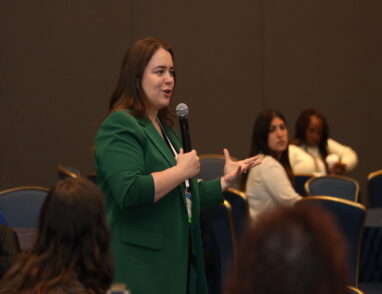What Role Does LTSS Play in Integrated Care?
March 1, 2017 · Drew Fontaine
“For Sale: Volumes 4, 5 and 6 of Encyclopedia Britannica. Everything you need to know, from D to K (Da Vinci through Kung Fu).”
There’s a reason you don’t see many offers like this on Craig’s List or eBay. In reference materials and in health care, people tend to value comprehensive coverage that goes from A to Z.
Integrated care consists of comprehensive coverage and coordination across a spectrum of organizations. From skilled nursing facilities to home- and community-based organizations (CBO), long-term services and supports (LTSS) providers help consumers with activities of daily living, such as eating, dressing and bathing, and with finding transportation, jobs and housing.
For a rising percentage of the population, LTSS is becoming more relevant each day. According to research from AARP, the growth in the population of people age 85 and older is expected to more than triple (+224%) between 2012 and 2050. This population will increasingly demand—and benefit from—quality integrated care that not only addresses long-term physical and mental health care needs, but also long-term social services and supports.
Quantifying the quality of care delivered within the walls of medical facilities presents numerous obstacles, but what about the standards of care delivered at home? This continues to be a challenging area for many organizations responsible for coordinating LTSS.
There is a wide array of provider organizations charged with coordinating LTSS for their populations, and more states are moving these services to managed care. In response, NCQA has developed LTSS Accreditation and Distinction programs to support entities—including health plans, skilled nursing facilities and CBOs—in delivery of LTSS.
You can learn more about Accreditation of Case Management for LTSS and LTSS Distinction on NCQA.org. LTSS-centered publications and products for Health Plans, MBHOs and CBOs are now available for order from the NCQA Store.







